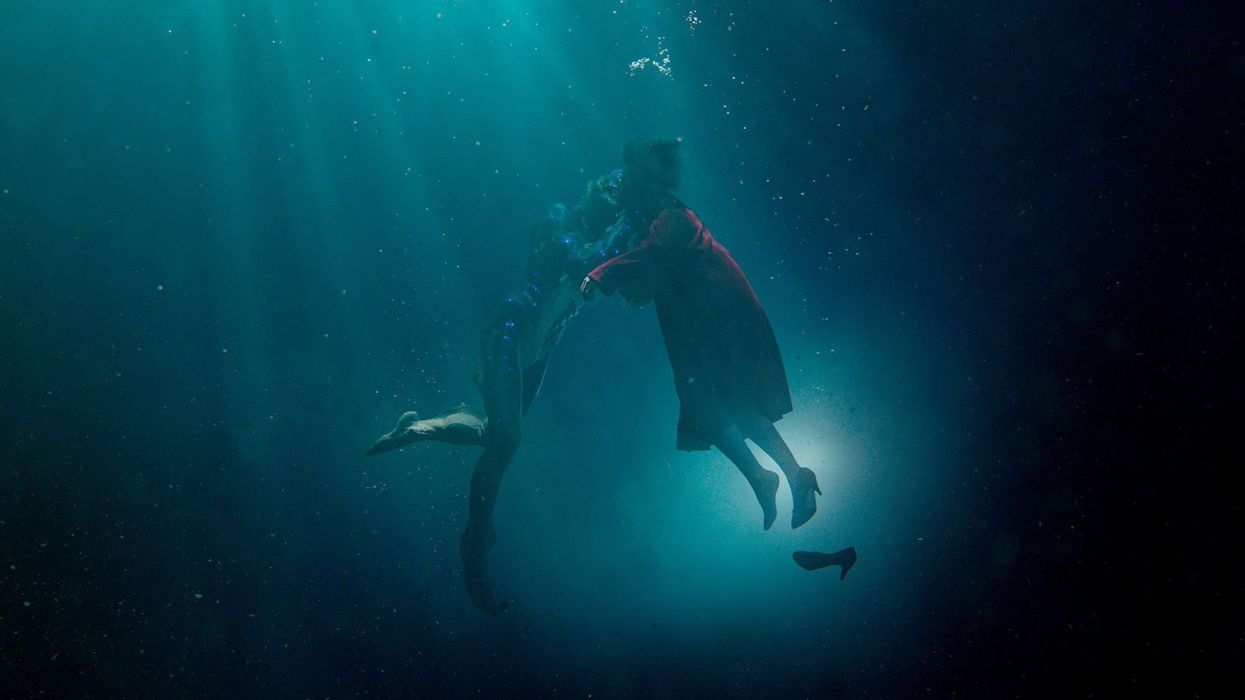7 Things to Know Before Diving into Underwater Cinematography
Ready to take the plunge and shoot some great footage underwater? Well, here are some helpful tips to learn before you do.

Life in the deep blue sea is exciting, dangerous, and mysterious, and the process of shooting it with a camera is no different. Though underwater cinematography is a skill that many DPs haven't yet tackled, many are very keen on learning more about it so they too can capture the busy world beyond land. If that's you, then check out this video, in which the team over at Aputure explore the craft of underwater cinematography, providing seven basic tips that will help you as you get your feet wet.
These tips will certainly come in handy, whether you plan on capturing hammerhead sharks off the coast of Senegal or your kids learning to swim in your backyard pool. It's important to understand, though, that underwater cinematography can be dangerous, mostly because of the whole "humans need to breathe air to live" thing, so make sure that you're taking precautions and practice, practice, practice before taking yourself and your camera for a dip.
- Practice in a pool first: If you're not too familiar with maneuvering yourself in a body of water, let alone a camera, you should probably practice in a pool...preferably one that you won't likely drown in.
- Keep rolling: Since a lot of what you're going to capture will most likely be unpredictable and elusive sea creatures, you should keep your camera rolling so you don't miss anything.
- Maintain focus: If you thought focusing on land was tricky. The main things to remember when trying to keep your images sharp underwater are 1.) using manual focus rather than auto-focus, 2.) shoot with a deep aperture, 3.) use a wider lens.
- Keep color: Water, especially deep water, can be a difficult environment when it comes to color. The deeper you go, the more color will be absorbed by the water. Aputure suggests getting a red filter for your lens since red is the first color to be lost.
- White balance: Setting your white balance is important before any shoot, including those underwater. Make sure to do this manually.
- Use a tripod: Camera stabilization is crucial for underwater shoots, so make sure you bring a sturdy underwater tripod that is versatile enough to be used as a monopod, selfie-stick, or, you know, a regular old tripod.
- Using lighting: The deeper you go, the darker it gets. According to Aputure, if you go any deeper than 10', then you should use a light.
What are some other helpful tips for underwater cinematography? Let us know down in the comments.
Source: Aputure











